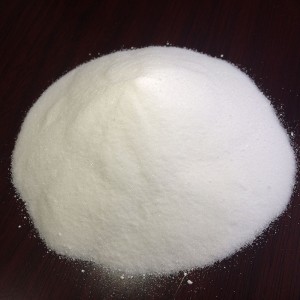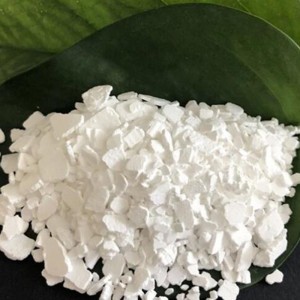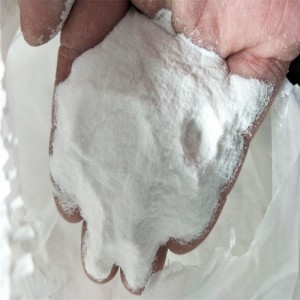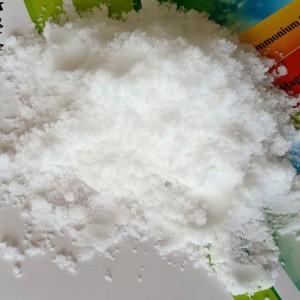Sodium acetate
Agricultural use:
Sodium acetate, also called sodium acetate, is a sodium salt derived from acetic acid. Sodium acetate is a substance that is easily made with vinegar and baking soda. When the mixture cools below its melting point, it will crystallize. Crystallization is an exothermic process, so these crystals actually generate heat, which is why the substance is often called hot ice. This compound has many industrial and daily uses、
The main purpose
In the food industry, sodium acetate is used as a preservative and pickling agent. Because salt helps food maintain a certain pH level, it prevents the growth of harmful bacteria. In the pickling process, this chemical must be used in large quantities, not only as a buffer for food and microorganisms, but also to improve the taste of food.
As a cleaning agent, sodium acetate can neutralize a large amount of sulfuric acid discharged from the factory. It keeps shiny metal surfaces by removing rust and stains. In addition, it can also be found in leather tanning solutions and image processing solutions.
Many environmental protection companies currently use sodium acetate for sewage treatment. What are its main uses, methods of use, and indicators?
Sodium acetate solution
The main purpose:
To treat urban sewage, study the influence of sludge age (SRT) and external carbon source (sodium acetate solution) on the system’s denitrification and phosphorus removal. Sodium acetate is used as a supplementary carbon source to domesticate the denitrification sludge, and then a buffer solution is used to control the increase in pH during the denitrification process within the range of 0.5. Denitrifying bacteria can adsorb CH3COONa excessively, so when using CH3COONa as an external carbon source for denitrification, the effluent COD value can also be maintained at a low level. The current sewage treatment in all cities and counties needs to add sodium acetate as a carbon source if it wants to meet the first-level emission standards.
Main indicators: content: content ≥20%, 25%, 30% Appearance: clear and transparent liquid. Sensory: No irritating odor. Water insoluble matter: ≤0.006%
Storage precautions: This product must be kept tightly sealed and leak-proof. Take off contaminated clothing as soon as possible after work and wash it before putting it on or discarding it. Wear rubber gloves when using it.
Sodium acetate solid
1. Solid sodium acetate trihydrate
The main purpose:
It is widely used in printing and dyeing, medicine, chemical preparations, industrial catalysts, auxiliaries, additives and antiseptic preservatives. It is also widely used in wastewater treatment, coal chemical industry and preparation of energy storage materials.
Main indicators: content: content ≥58-60% appearance: colorless or white transparent crystals. Melting point: 58°C. Water solubility: 762g/L (20°C)
2. Anhydrous sodium acetate
The main purpose:
Organic synthesis esterification agent, medicine, printing and dyeing mordant, buffer, chemical reagent.
To treat urban sewage, study the influence of sludge age (SRT) and external carbon source (sodium acetate solution) on the system’s denitrification and phosphorus removal. Sodium acetate is used as a supplementary carbon source to domesticate the denitrification sludge, and then use a buffer solution to control the increase in pH during the denitrification process within the range of 0.5. Denitrifying bacteria can adsorb CH3COONa excessively, so when using CH3COONa as an external carbon source for denitrification, the effluent COD value can also be maintained at a low level. The current sewage treatment in all cities and counties needs to add sodium acetate as a carbon source if it wants to meet the first-level emission standards.
Main indicators: content: content ≥20%, 25%, 30% Appearance: clear and transparent liquid. Sensory: No irritating odor. Water insoluble matter: ≤0.006%
Storage precautions: This product must be tightly sealed and stored. Take off contaminated clothing as soon as possible after work, and then wear it or discard it after washing. Wear rubber gloves when using it.









